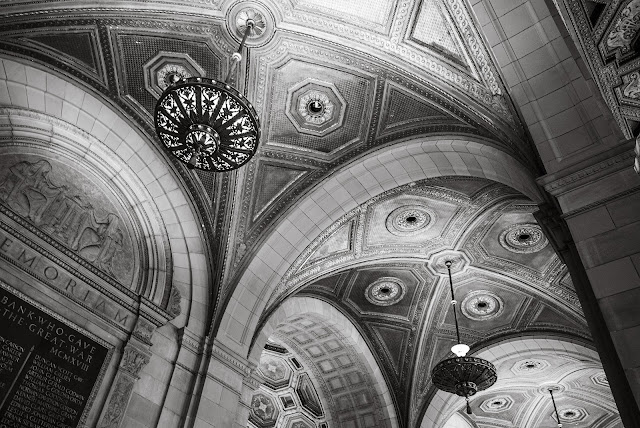Adding to the mix. I'll thin older stuff out later....
Back in 2020 when I bought the Leica SL2 I had the choice of getting that camera or the newly introduced SL2-S. At the time I convinced myself that I needed the extra resolution more than I needed some of the differentiated features of the SL2-S. Namely, lower high ISO noise, faster throughput, bigger buffer and...maybe... better video. Now that I've worked with the SL2 for nearly four years one thing bugs me when I'm photographing events and other situations in which I'm shooting hundreds or thousands of raw frames. It's that all SLx Leica mirrorless cameras up until the SL3 don't allow for DNG compression so the SL2 files are approximately 90 MB each. Yes, they are wonderful files. But sometimes I need wonderful files that don't overwhelm the whole post shooting process.
The other nit picky thing is that you do trade off a high ISO performance for more resolution. Some jobs, like the big studio shoots we do for clients like healthcare technology clients, benefit from the highest resolution possible and any noise issues are soundly mitigated because we are actively lighting every shot. With flash or strong LED lighting we rarely, if ever, have to work above ISO 800 and, with current (super powerful) noise reduction tools available in Lightroom and Photoshop, ISO 800 is never a problem. But there are many situations like live theater photography, reportage, and even environmental portrait projects where the ability to shoot without concern at ISO 6400 and 12,000 is a decided benefit.
Recently, probably as a result of many upgraded features in the SL3 ( or in anticipation of an SL3-S ), I've seen more and more lightly used SL2-S cameras come onto the used market. The SL2-S is almost identical in terms of haptics, controls and menus to the SL2 but offers a lower resolution sensor. 24 megapixels instead of 47.5 megapixels. The final file size for SL2-S DNG files is about 46-48 MB versus the nearly 90 MB files generated by the SL2. The difference in size allows for faster processing in the lower res camera --- which translates into a vastly greater buffer endurance. And less arduous post production file load. Twice the files, twice the write speed. Or better.
While I wish for DNG compression I'm thinking that Leica is striving, in what I'm sure they think of as their commercial, professional line of cameras, to achieve maximum compatibility with the DNG standards as well as maximum possible data quality in the files. A trade off. A guarantee of quality on one hand and a bigger file on the other. If pressed on this un-compression issue I'm sure the folks at Leica would sigh and then suggest that maybe, if smaller files are that important to me I should be shooting in a Jpeg format... and for some instances they'd be correct.
I'll take the size savings over the SL2 for fast moving and voluminous shooting assignments. A 24 megapixel DNG file is still a potent starting point for high quality deliverables.
With mint SL2-S cameras now plunging down into the $3,000 price range they seem almost like a bargain. You still get the IP54 dust and water resistance rating for the body. The same 5.5 stop I.S. (which is reportedly better than the newer I.S. on the downsized but more expensive SL3 body). The same wonderful high resolution EVF and the wonderful Leica colors and tonality. Add to that some more customizable video capabilities and it makes the SL2-S a good addition to the SL2 for a photographer who routinely works on a variety of project types.
The SL cameras are also a great platform for taking advantage of the M series lenses. Including lenses from Leica, Carl Zeiss and Voigtlander. Leica has often stated that the SL2 and SL2-S are optimal platforms for most M lenses because they've both designed the physical attributes of the sensors and sensor glass to accommodate the optical attributes of the lenses, but have also put into the cameras a wide range of profiles and presets for a large number of Leica M series lenses as well as R series lenses.
Finally, the SL2, the SL cameras, the SL2-S and the Leica Q2 all use the same batteries. We can continue to use all of the pricy SCL-4 batteries we've accumulated and can also take advantage of the newer, more powerful but less expensive SCL-6 batteries. A win across all those cameras. And a hedge against obsolescence.
Since we're adding more stuff to the mix some other stuff will have to go. It's not a question of budget as much as the tyranny of too much choice. After my trials of multiple cameras last week I'll probably move out the Fuji GFX and the lenses I've gathered together for that system. Also, the last couple of Panasonic S5 cameras that have been hanging around. Maybe even the oldest of the two SL cameras.
A bit more breathing room in the office. What a fun Saturday so far. Hope everyone else is having fun!


